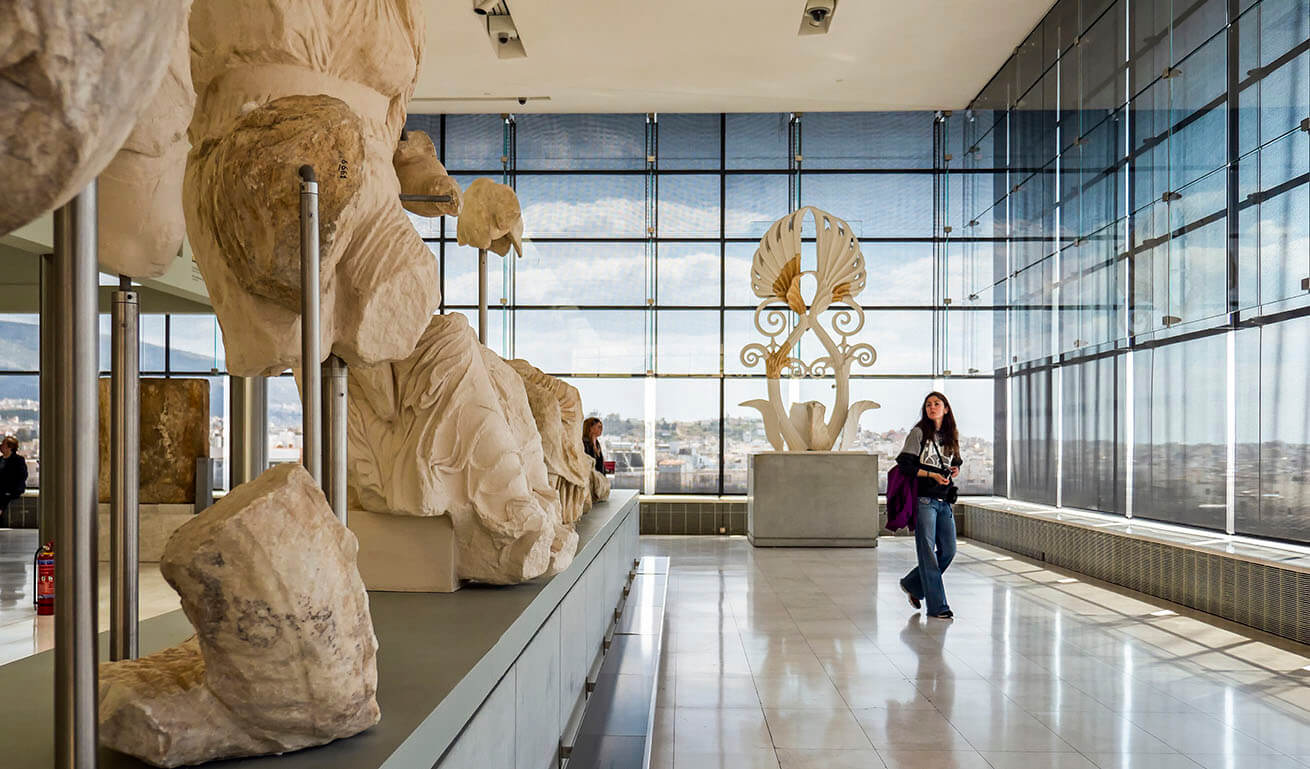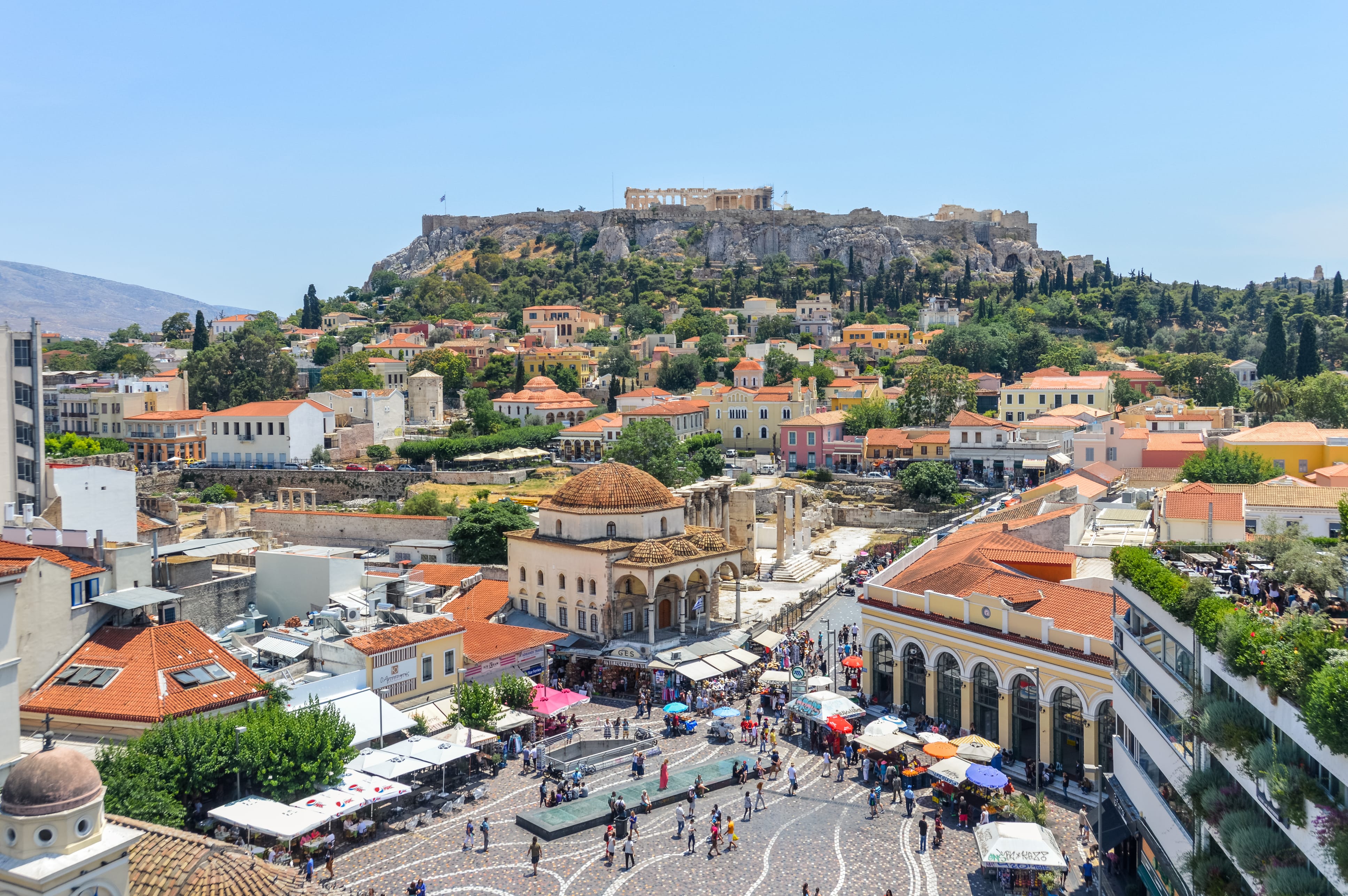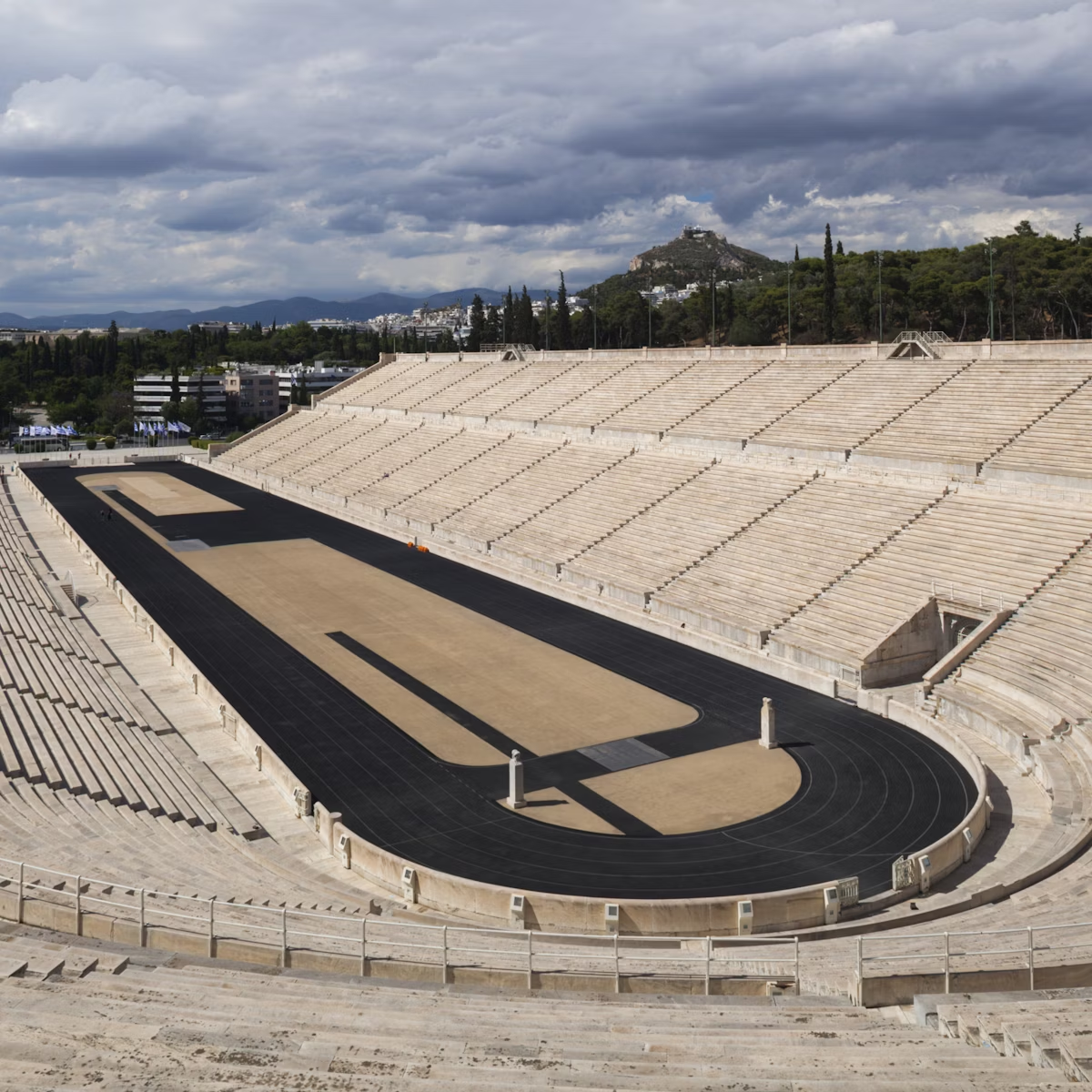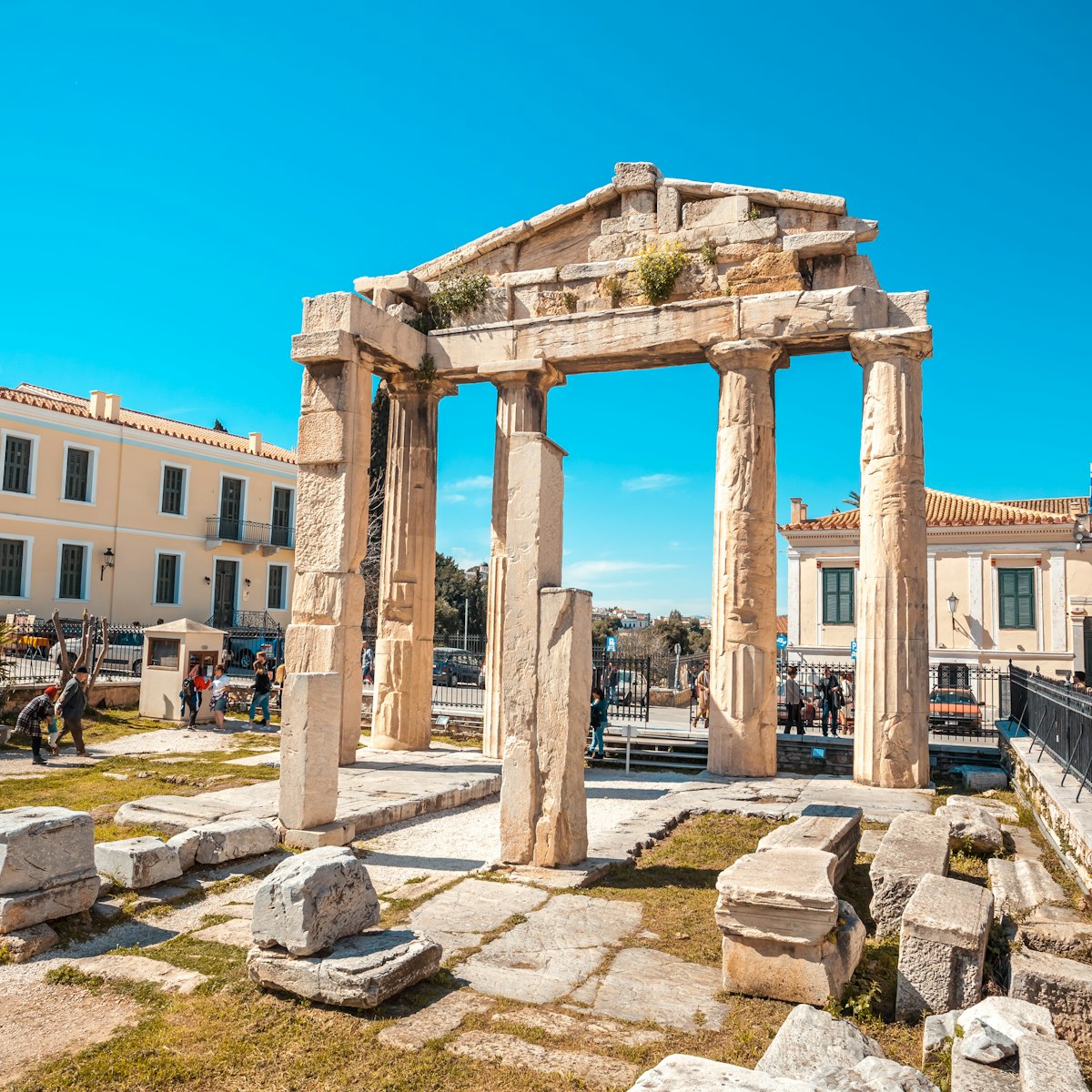
Athens is where Western Civilization began, and the weight of that history hits you the moment the Acropolis comes into view. It’s an incredible, energetic city where ancient ruins sit seamlessly alongside hip cafes, modern street art, and buzzing nightlife. I spent hours wandering the pedestrianized streets around the Parthenon, feeling the presence of Socrates and Plato, only to emerge into the bustling markets of Monastiraki for a delicious souvlaki. It’s a beautifully chaotic place that demands exploration. If you’re looking to literally walk through history while experiencing the vibrancy of a modern European capital, Athens is an essential journey. Keep reading for my guide to scaling the heights of the Acropolis and diving into the heart of the capital.
Why Visit Athens?
Athens is the historical and cultural epicenter of Greece, blending thousands of years of democracy and philosophy with a dynamic contemporary urban life. Here’s why you need to put Athens on your list:
- The Acropolis & Parthenon: The undisputed symbol of classical civilization. Seeing the Parthenon up close, high above the city, is a bucket-list moment.
- World-Class Museums: The Acropolis Museum and the National Archaeological Museum house some of the most important artifacts in the world, bringing ancient Greece to life.
- Historic Neighborhoods: Wander the charming, labyrinthine streets of Plaka and Anafiotika, with their neoclassical homes and hidden tavernas nestled right at the foot of the Acropolis.
- Ancient Sites: Explore the Ancient Agora, the Roman Agora, the Temple of Olympian Zeus, and the Panathenaic Stadium (Kallimarmaro), the site of the first modern Olympics.
- Food & Nightlife: Enjoy authentic Greek street food, dine in traditional tavernas, and experience the city’s electric nightlife scene that goes well into the early morning hours.
Athens is a captivating city of contrasts—a monumental past with a fiercely modern and unforgettable present.
What Are the Best Things to Do in Athens? (For Your First Visit)
Acropolis
Iconic ancient citadel crowning Athens with temples like the Parthenon—ascend marble steps for sweeping views and a journey through classical Greek civilization. Guided walking tour via Viator for historical insights.

Acropolis Museum
Modern showcase of artifacts unearthed from the Acropolis—gaze at the Parthenon Marbles under glass floors revealing excavation sites below. Guided tour with entry via TripAdvisor to uncover treasures.

Parthenon
Majestic Doric temple dedicated to Athena atop the Acropolis—marvel at its enduring columns symbolizing democracy and ancient engineering prowess. Small group guided tour via GetYourGuide including the site.

Plaka
Charming neighborhood below the Acropolis with neoclassical houses and tavernas—wander cobblestone streets for souvenirs, souvlaki, and sunset views. Evening walking tour with dinner via GetYourGuide for local vibes.

Panathenaic Stadium
Marble U-shaped arena hosting the first modern Olympics—run the ancient track or climb tiers for panoramic cityscapes and athletic history. Skip-the-line tickets via Viator with audio guide.

Ancient Agora
Birthplace of democracy with Socrates’ stomping grounds and the Temple of Hephaestus—explore ruins, Stoa, and olive groves in this vibrant marketplace square. Premium guided tour via Viator connecting sites.

Temple of Olympian Zeus
Colossal Corinthian temple with towering columns honoring the king of gods—stand amid ruins near Hadrian’s Arch for a glimpse of imperial grandeur. Skip-the-line entry via TripAdvisor for serene exploration.

National Archaeological Museum
Treasure trove of Greek antiquities from Mycenaean gold to Hellenistic sculptures—journey through millennia in one of the world’s premier collections. Private guided tour via GetYourGuide with admission.

Roman Agora
1st-century marketplace with the Tower of the Winds clock and Library of Hadrian—uncover Roman influences amid well-preserved arches and fountains. Skip-the-line ticket via TripAdvisor for easy access.

Monastiraki Square
Lively flea market hub with views of the Acropolis—browse antiques, street food, and Byzantine churches in this pulsating heart of old Athens. Private walking tour via Viator of the area.

More Popular Tours in Athens
What’s the Best Month to Visit Athens?
The best time to visit Athens for comfortable sightseeing and moderate crowds is during the shoulder seasons: April to June and September to October.
Spring brings pleasant weather (highs up to $29^{circ}text{C}$ by June) and blooming jacaranda trees, ideal for exploring the Acropolis and the Ancient Agora. Early autumn still feels like summer, with comfortable temperatures (around $28^{circ}text{C}$ in September) perfect for outdoor cafés and cultural tours, and significantly fewer tourists than in mid-summer. Summer (July–August) is very hot (often $32^{circ}text{C}$ and above) and crowded, but features major cultural performances like the Athens Epidaurus Festival. Winter (November–March) is mild and budget-friendly, making it the best time for museum hopping and avoiding all crowds.
How to Get to Athens
Athens is served by Athens International Airport Eleftherios Venizelos (ATH), located about 35 km east of the city center. It’s the busiest gateway in Greece—check WayAway for the best flight deals. From the airport:
- Metro (Line 3, Blue): Runs directly from the airport to Syntagma Square and Monastiraki, covering the main tourist areas. ($10.50, 40 min).
- Suburban Rail (Proastiakos): Connects the airport to the main Athens train stations (Larissis) and Piraeus Port. ($10.50, 60 min to Piraeus).
- Airport Express Bus (X95): Runs 24/7 to Syntagma Square. More economical but slower due to traffic. ($6.50, 60–90 min).
- Taxi: Fixed flat rate applies for trips to the city center (within the “Dafni Ring”). Always confirm the fixed rate before departure. ($40 day rate, 30–45 min).
The primary ferry port for all the Greek Islands is Piraeus Port, easily accessible via the Metro (Line 1).
How to Get Around Athens
The historic center of Athens is highly walkable, but the Metro is the lifeline for connecting the main archaeological sites, museums, and neighborhoods. The Metro is clean, modern, and easy to use.
- Metro (Lines 1, 2, 3): The core network. A standard 90-minute ticket for all modes is $1.30.
- Walking: Essential for exploring Plaka, Monastiraki, and the area around the Acropolis. Use the unified pedestrian walkway that encircles the main sites.
- Tram & Trolleybuses: Useful for reaching the coastal suburbs (Glyfada) and for connecting neighborhoods not served by the Metro.
- Integrated Tickets: Buy a 24-hour ($4.50) or 5-day ($9) ticket for unlimited use on all public transport (excluding the airport line).
Tips for Tourists Using Transport:
- The central Metro stations (Syntagma, Monastiraki) often feature small archaeological exhibits in their lobbies.
- Avoid driving in the central districts—traffic is heavy, and parking is nearly impossible for non-residents.
- Be aware of pickpockets on crowded Metro lines and at the Piraeus Port station.
Conclusion: Athens is a city where ancient history meets modern life. The best strategy is to rely on the efficient Metro to cover long distances between neighborhoods, then switch to walking for deep exploration of the historic core. You’ll be able to move easily between the Parthenon and the local tavernas. Discover the history and energy of the Greek capital with our detailed Athens guide!
Note: This article contains affiliate links. If you purchase something I’ve recommended, I’ll earn a small commission at no extra cost to you. I really appreciate your support and I hope this guide helps you ♡









